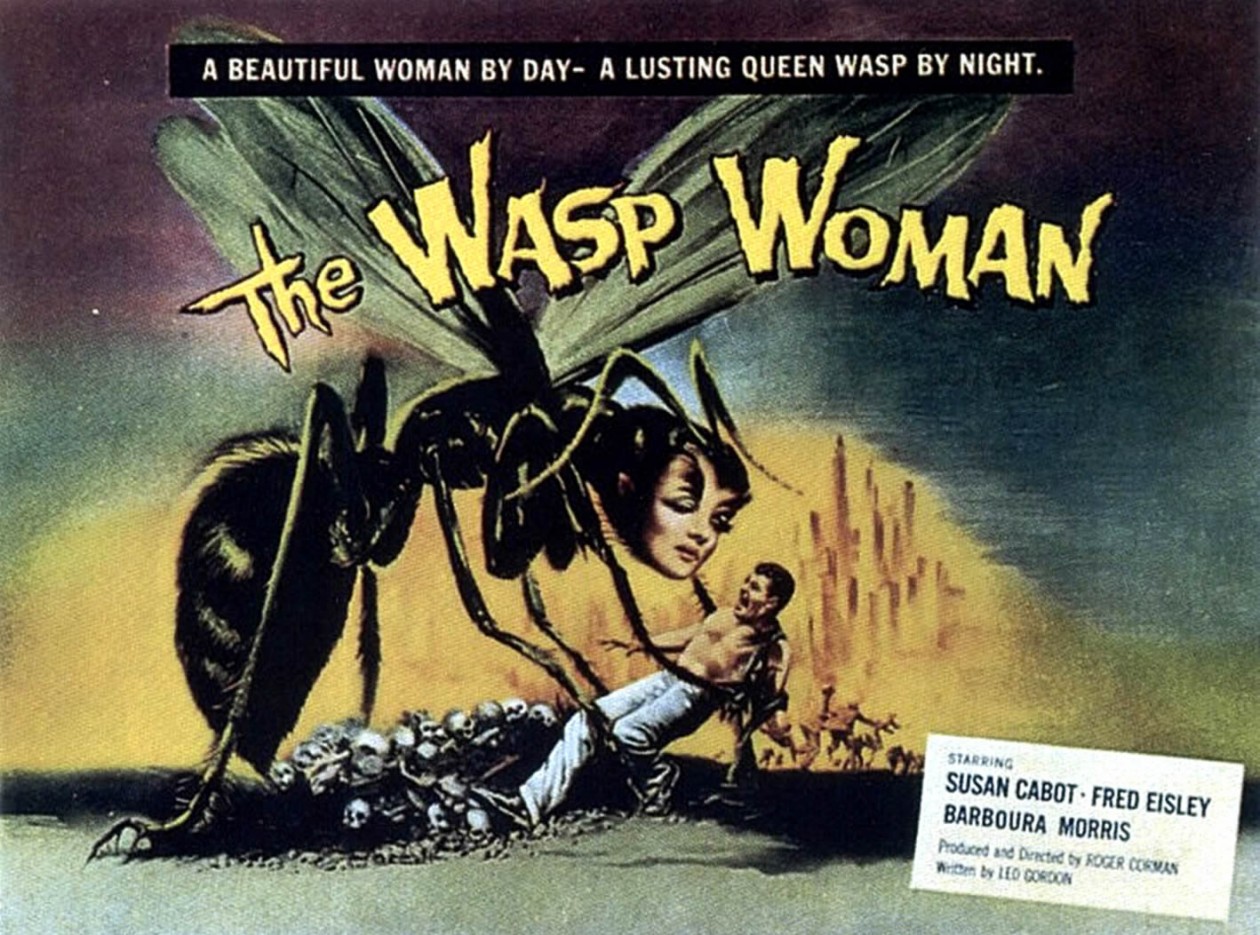This afternoon I was describing the screening of “Where Should the Birds Fly?” to my roommate, and when I was doing so I thought of Professor Sikand’s comment in class about considering the violence that Fida included in the film. .
As a viewer, I really appreciated the violence of the film. I think that in order to be true to the conflict and the realities of the conflict, which to me is what Fida truly tried to do, she needed to include the graphic violence of the attacks on Gaza. Additionally, going off our discussion in class about the images we often get from the mainstream media, I don’t think we are truly shown the horrors and the graphic nature of war. Scenes and images from the film were horrible and difficult to watch, but I’m glad she didn’t take the edge off when considering which scenes to cut and keep in editing the film. I’m glad we got to see the whole reality, even if it was immensely difficult to watch.
I’m thinking particularly of the scene with the teenage boy in the hospital who had been hit with the white phosphorous bombs; I’ve never seen images or videos which depicted the real, raw, graphic wounds sustained by civilians during a war. I’m thankful for him for allowing himself and his pain to be documented and shown – I don’t think the effect would have been the same if Fida simply had an account of the injuries he sustained or described them for us. Instead, we saw a real boy writhing and crying in pain after sustaining injuries because of a conflict in which he plays no part. Similarly, the scenes with the wounded and dead Palestinians in the street, being carried or covered with sheets, were also powerful. And the shot of the man looking at the dead children, these were all horrible and horrifying but truthfully documented what it is to live in a war zone and to be a Palestinian civilian.
Finally, I appreciate the inclusion of Mona and her story through time within the film, like some people mentioned today in class. In representations of conflicts and war zones, I think that we see more often just quick snapshots of the destruction and damage. Fida included the scene with the father shouting for his son Mohammed (and in the Q&A remarked that this raw display of emotion in the moment was against the cultural prescriptions for men and thus important to share) – and this is more along the lines of what I have seen in news coverage/viral stories about the effects of war and violence on civilians, in Palestine and around the world.
While that particular scene was gut wrenching and highly emotional, I’m glad we also got to see Mona. How many times do we see coverage of a bombing or an attack or a raid, and then never consider it again? With Mona’s story, we got to see the long-term effects of being a Palestinian enmeshed in this violence. We were presented with this little girl whose life will never be the same, and returning to her multiple times really brought home that point for me. Our experience with the conflicts and violence in the Gaza strip could end when the movie stops – it will never end for Mona and for everyone else Fida included in her footage, and I definitely took that away from watching the film.
